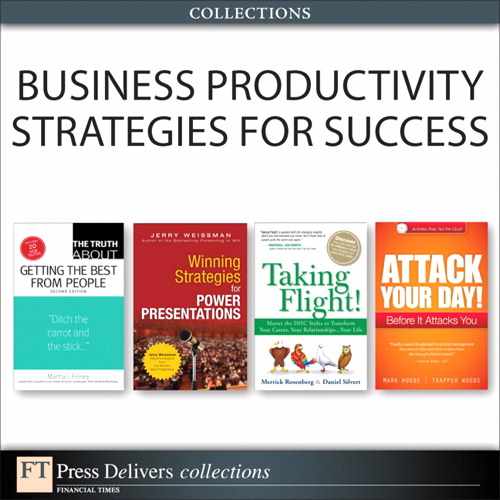6. How Woody Allen Creates
First Things First, Last Things Last
Woody Allen, a virtual one-man movie studio, having written more than 60 films during his long and illustrious career, has his own version of the creative process used by his colleague, Federico Fellini, the Italian director about whom you read in the previous chapter: free-form thinking.
Unfortunately, most presenters, in their rush to prepare their next pitch, begin by shuffling existing slides, and often at the last minute. They do this because, as results-driven people, they seek to impose structure at the outset. But every human mind, whether artistic or business, generates ideas randomly, so an essential part of the creative process—and developing a presentation is a creative process—is to incorporate the randomness. Artists understand this fact of life and go with the flow.
Mr. Allen revealed his creative process in a biographical documentary on the American Masters series on PBS. In a scene shot in his apartment, Mr. Allen reached into a nightstand drawer, took out a large stack of cluttered papers and said, “This is my collection. This is how I start. It’s all kind of scraps and things that are written on hotel things. I’ll ponder these things.” Then, as he tossed the papers onto his bed, he added, “I’ll dump them here like this...I go through this all the time, every time I start a project. And I sit here like this...and I look at one...like that...and then....”1
For your brainstorming, as your version of Mr. Allen’s hotel scraps, you can use 3-by-5 index cards, a whiteboard, Post-it Notes or one of the many software products on the market, among them Inspiration, MindManager,2 and Microsoft’s Visio.3 Whichever vehicle you choose, consider any and all ideas—but resist your results-driven instinct to impose structure during your free flow. If you impose structure too soon, you impose censorship and could lose a fresh idea. Save the structuring for after the brainstorming is done.
Here, too, we find a lesson in the methodology of Woody Allen and Federico Fellini. Each of them is noted for his creativity in post-production, the period after the writing and the shooting, when the director assembles and structures the film, However, Mr. Allen’s assemblage of his 2012 production To Rome with Love did not impress A. O. Scott, the New York Times critic. Mr. Scott called the film a “genial tangle of stories (which Mr. Allen seems to have unpacked from a steamer trunk full of notes and sketches).”4 Apparently, Mr. Scott saw the documentary, too.
Mr. Fellini took post-production to a new level of creativity. He cast actors who looked best for the filming and other actors whose voices sounded best for the sound track and overdubbed them during the editing process.
Let your mind do what it’s going to do anyway—during your brainstorming—then do your structuring afterwards. Use the right tool for the right job and in the right sequence.
Follow Woody Allen’s advice, “It’s not rocket science, this is not quantum physics. If you’re the writer of the story, you know what you want your audience to see because you’ve written it. It’s just storytelling and you tell it.”5
